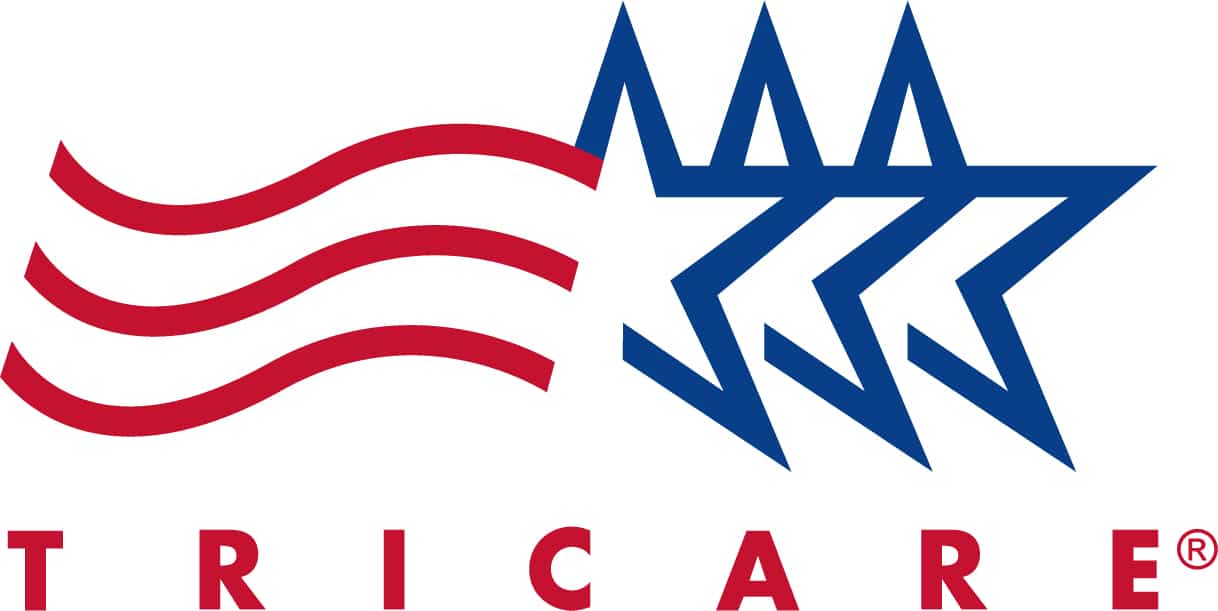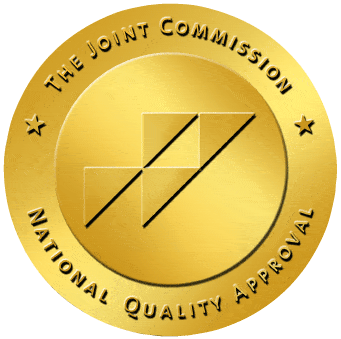Watching someone you love deal with the serious consequences of alcoholism or drug dependency can be heart-wrenching. Knowing that the person could suffer tremendous adverse health problems due to an out-of-control addiction likely adds to the worry and the stress. A great deal can go wrong when someone succumbs to the iron grip of a serious addiction. As drugs and alcohol become the central focus of someone’s life, nothing else seems to matter.
And with all addictions, things won’t likely change without help. One of the defining characteristics of an addiction involves the continuation down a path of addictive behavior despite clear consequences. People who lose their job and their friends may not stop using drugs or drinking to excess as addiction becomes the central focus of their lives. Even problems with the law and resultant time in jail may do nothing to curtail addictive behavior and continued substance abuse.
Why is this so? Many reasons exist. One common reason involves denial. People who suffer from addictions often do not even recognize they have a problem. Their personal denials could prevent them from seeking help at an addiction treatment center. Denying a problem undermines the necessary motivation to seek assistance. Unless someone else steps in and does something to move the person toward undergoing treatment, they may continue on the path of destructive behavior.
The right motivation could change things for the better. Staging an intervention might turn out to be the only way to guide a loved one toward a better path in life.
What Is an Intervention?
An intervention can best be described as a formal exercise in persuasion. An individual with a substance use disorder either doesn’t believe he or she needs help or is outright unaware of how serious the problem is. In order to guide the individual toward necessary help, a serious meeting takes place. The confrontational meeting seeks to persuade a person to do the right thing. Without the external pressure of an intervention, the person continues to avoid making an affirmative decision to seek help. Without help, the individual also continues to take serious risks with his or her health and life.
An intervention involves actually setting up an official meeting. You do not just walk up to the person, tap him or her on the shoulder and make a passing suggestion to seek treatment. Something so casual would doubtfully work. Instead, an actual meeting in a group format becomes necessary to effectively stress the importance of undergoing professional care.
The purpose of an intervention always focuses on getting someone life-changing and potentially life-saving help. Launching the session is not about humiliating or punishing someone. Taking an aggressively angry tone toward the loved one will do nothing more than lead to a failed meeting.
Things do need to be done right. Following a few logical and beneficial steps to an effective meeting could increase the chances of success.
Choose the Right Participants
Since the meeting takes the form of a group session, serious thought has to go into picking the right people to be part of it. In order to persuade the person, participants must be influential people in the individual’s life. Close relatives and friends whom a person respects should be part of the meeting. Leaving someone out of the meeting who really should be there could potentially undermine the event.
The intervention cannot be a meeting in which people talk and vent and then go home. The goal of the meeting is to provide positive reinforcement to attend addiction treatment. The person struggling with substance abuse issues should feel motivated to seek help after the meeting. By choosing the right people to participate, you increase the chances of a positive outcome.
Timing the Event
The maxim “timing is everything” certainly applies to the day and time chosen for this important event. Choosing to hold a serious group discussion at the end of the work week after the person has put in 60 hours might not reflect the best timing. Planning to spring the meeting when the person returns home from a night on the town could be even worse. If he or she comes home under the influence of drugs or alcohol, a successful outcome will be nearly impossible. Trying to reach someone who is impaired would be ill-advised.
Past experience shows that there are better times at which intervening makes more sense. For example, holding the session first thing in the morning increases the chances of actually reaching through to the person because he or she is less likely to be impaired by drugs or alcohol.
Proper timing may take other drastic forms as well. Being under the influence of drugs often leads to regrettable situations. Perhaps setting up a gathering soon after someone has wrecked a car while in an inebriated state makes sense. A terrible incident may lead the person to be more reflective about the dangers of addiction. Out of a tragic situation, there may emerge an openness to embrace the proceedings.
Choosing the right time could potentially lead to a successful intervention for someone exhibiting the signs of addiction.
Planning the Entire Meeting
Careful planning plays a big role in ensuring that the intervention goes as well as possible. A haphazard, poorly planned meeting can descend into a disorganized mess. Choosing the people to take part in the intervention and selecting the right place isn’t enough. Everyone has to play a definitive role during the event. Whatever comments anyone makes must be focused and positive. Otherwise, the person in need of help may not listen to anything said and will be looking to bolt for the door. Who could blame someone for such a reaction? A disorganized meeting comes off as an uncaring one.
Almost like a theatrical event, an intervention requires pre-production planning. Everyone should draft out the commentary they intend to make. A highly detailed and verbose script is not necessary; drawing up bullet points could be enough. The key here is to establish in advance what’s going to be said so that revisions can be made. Positive points can be expanded upon while negative elements can be removed.
Take care to establish a good location for a formal meeting. A serious event really can’t take place in a casual setting. Usually, people choose to plan an intervention because something serious has already happened or significant worry exists about the person’s future. Selecting a location that is too casual or too convenient might undermine the purpose of the meeting. While you don’t want the location to be stressful, a more formal location may better support an intended outcome.
Moving the session to an office location or a formal meeting room might seem counter-intuitive; the environment may be foreign even to the helpful participants. A bit of uneasiness can hang in the air. While slightly uncomfortable, the formal location can contribute to better results as everyone is focused on the purpose of the meeting. Achieving positive results should always be the primary focus.
Non-Verbal Communication Always Counts
Sending mixed signals is a problem anytime you wish to be persuasive. In other words, if you try to use calming and soothing words, don’t speak with a scowl on your face. When you’re trying to prove to someone that you care, conveying total boredom with your body language won’t let you come off as believable. Non-verbal communication often proves more impacting than the spoken word. The type of facial expressions and body language people use during the meeting must be chosen wisely.
Focusing on appropriate body language must become a major part of the planning and preparation stage. Look closely at everyone’s posture. This includes your own. Put yourself in the proverbial shoes of the other person. Think about how comfortable or uncomfortable you are with everyone’s posture. Make suggestions to those who don’t present the most appropriate body language.
Maybe it would be best to present a video of good body language to the group. Such videos can be found online. You might even take your own video of the participants’ body language so that they gain a true visual of what must be improved.
Interventions Are No Place for Rage
Even though all the participants in an intervention truly love the person they intend to save, this doesn’t mean they aren’t angry with him or her. Family and friends can suffer greatly due to the actions of a person in the throes of addiction. Some feel directly and deliberately hurt. Human nature may drive some toward wanting to express their anger and disappointment.
Take this as another reason why interventions require practice sessions and run-throughs. No one should express anger, rage or resentment during what is supposed to be a helpful session. Turning the assembly into a “vent gathering” won’t lead anyone toward looking for help; the entire event may devolve into nothing more than a collective group argument. Instead of thinking about how someone showing the signs of addiction needs help, the person in need of substance abuse treatment may be saying, “Why is everyone against me?”
Despite the best intentions during planning, emotions can run wild during the session itself. All the participants must resist the urge to express anger or other unhelpful emotions. Ultimately, the goal here is to save the person from his or her destructive behavior. That won’t be possible when those running the event can’t keep control of their own emotions.
Calling in a Professional
Anyone struggling with effectively planning out or moderating an intervention may wish to hire a professional interventionist to take charge. It is possible to hire a skilled and experienced professional to run the meeting. While this comes with expenses, the costs represent an investment in the health of the struggling person. Paying relatively nominal fees to direct someone down the path of recovery shouldn’t be looked at as too high a cost.
Be Prepared for an Undesirable Outcome
To suggest that all interventions prove to be successful simply wouldn’t be true. Ultimately, the success or perceived failure of the plan is based on how the troubled individual responds. In the middle of the proceedings, he or she could just storm out of the room never to return. The possibility of a heated exchange and a breakdown may make participants fearful, so be prepared to accept a less-than-desirable outcome.
Researching and reviewing other people’s experiences with interventions could help prepare you for things not going so well. Knowing what potentially hostile reactions or scenarios to expect increases the chances of diffusing the situation. Calming things down and directing the meeting back on track improves the chances of success.
However, be on the alert for a potential failure as well. The words “potential failure” are used because there’s no reason to completely give up when the first intervention falters. Look at the event as the first step toward achieving the necessary result. If it takes more than one session to attain results, it will be worth it for your loved one’s long-term health and recovery.
The Pitfalls of Non-Action
No one can guarantee how another person will react to even the best plans. Not all scenarios turn out to be successful. Of course, the greatest rate of failure would come from non-action. Without an intervention, nothing is done to move things in a positive direction for a loved one exhibiting the signs of addiction. Employing reliable steps when organizing and carrying out an alcohol or drug confrontation could improve the chances of helping someone down the path of recovery and a new life.















